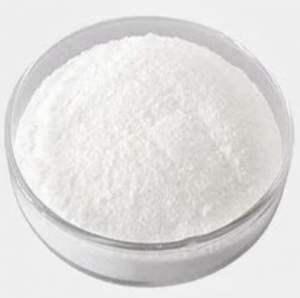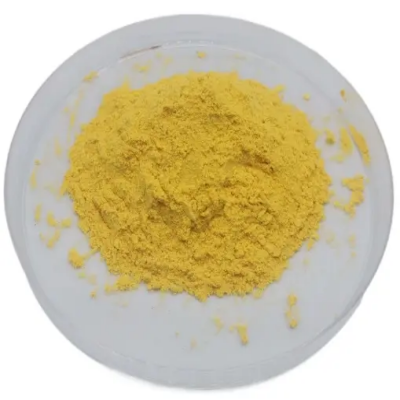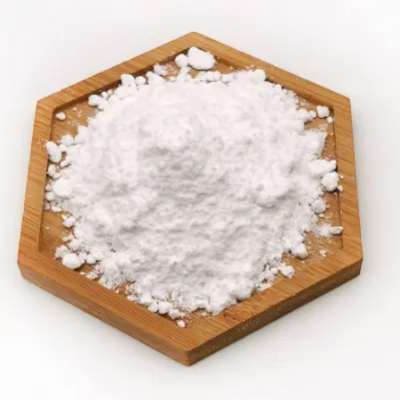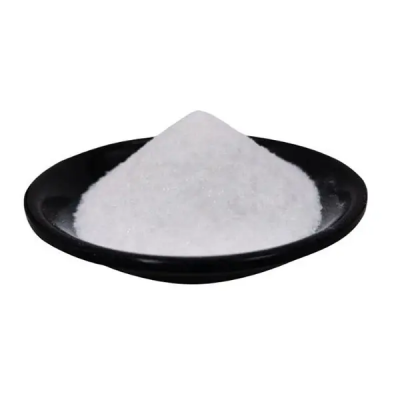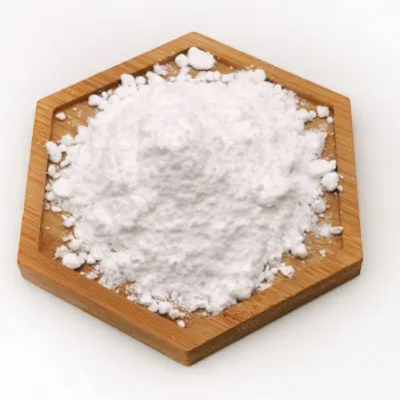2,3,4,6-Tetra-O-benzyl-D-galactopyranose CAS:53081-25-7
This protection allows other chemical transformations to occur selectively, while preserving the reactivity of other functional groups in the molecule.
The compound is commonly used in glycosylation reactions, which involve the attachment of sugar molecules (such as galactose) to other molecules. 2,3,4,6-Tetra-O-benzyl-D-galactopyranose acts as a glycosyl donor in these reactions, facilitating the addition of galactose units to acceptor molecules.
One important application of this compound is in the synthesis of complex carbohydrates and glycoconjugates, which are compounds that consist of a sugar molecule (such as galactose) attached to another molecule, such as a protein or a lipid. These compounds play essential roles in various biological processes and have applications in areas such as drug delivery, diagnostics, and immunology.
Additionally, 2,3,4,6-Tetra-O-benzyl-D-galactopyranose has been utilized in the synthesis of carbohydrate-based small-molecule inhibitors or mimetics, which can target enzymes or receptors involved in cellular processes. The compound's ability to protect the hydroxyl groups of galactose enables the selective modification of specific sites in the resulting molecules, providing control over their properties and biological activities.
In summary, 2,3,4,6-Tetra-O-benzyl-D-galactopyranose is used as a protecting group in organic synthesis and finds application in the synthesis of complex carbohydrates, glycoconjugates, and carbohydrate-based inhibitors or mimetics. Its role as a glycosyl donor allows for the selective attachment of galactose to acceptor molecules in glycosylation reactions.
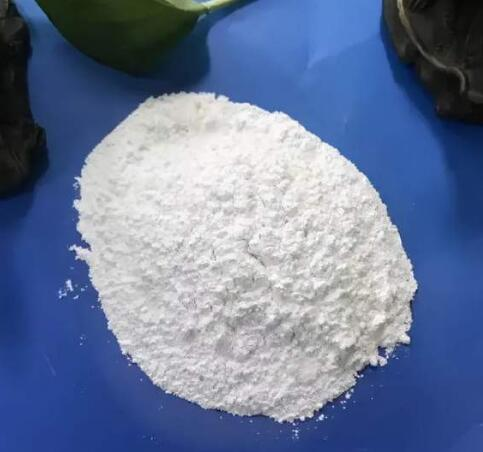

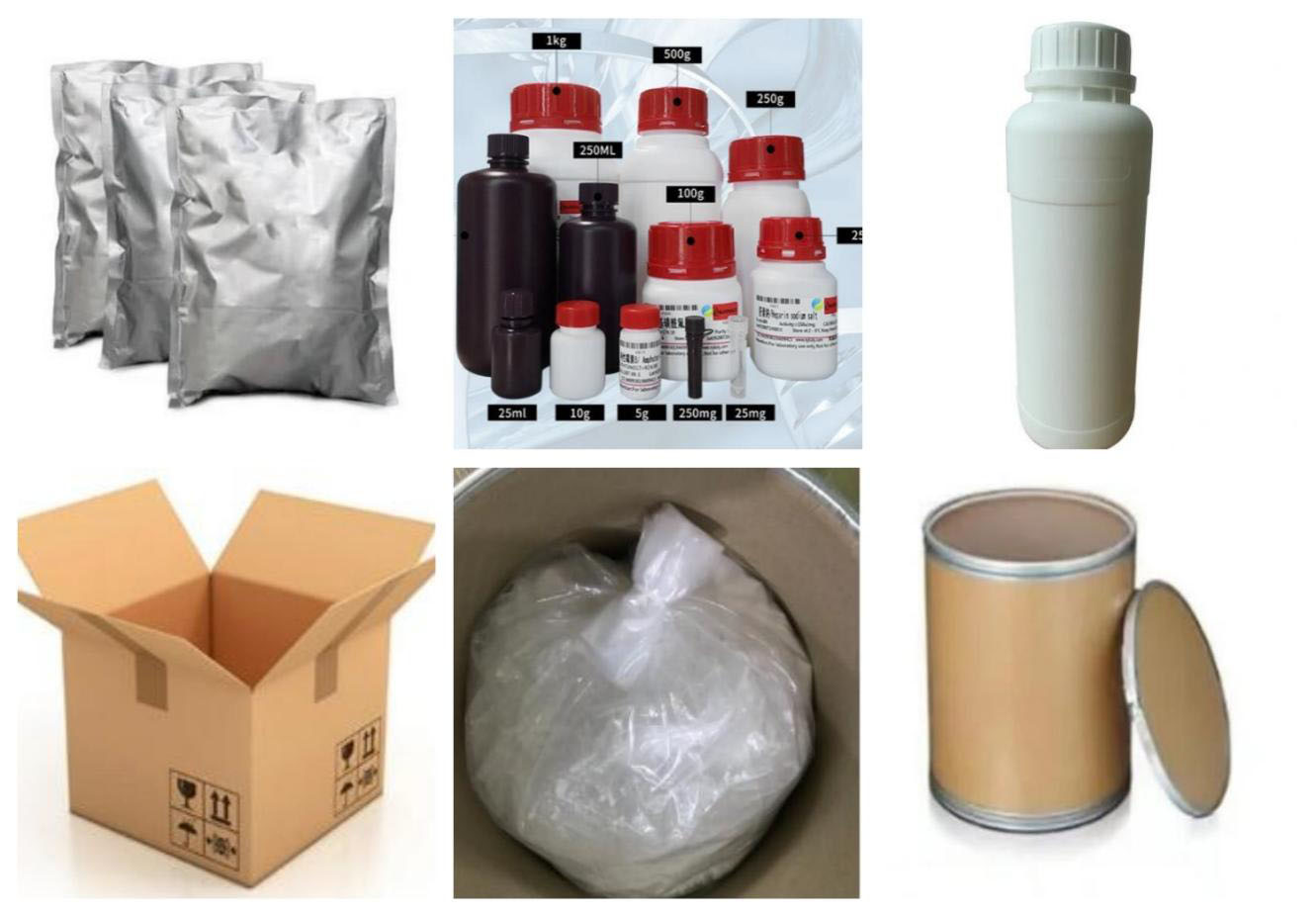
| Composition | C34H36O6 |
| Assay | 99% |
| Appearance | White powder |
| CAS No. | 53081-25-7 |
| Packing | Small and bulk |
| Shelf Life | 2 years |
| Storage | Store in cool and dry area |
| Certification | ISO. |



